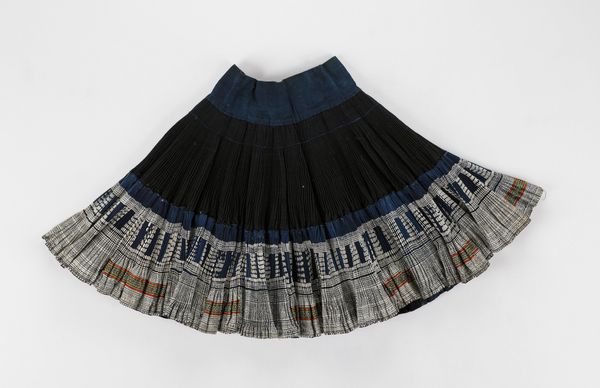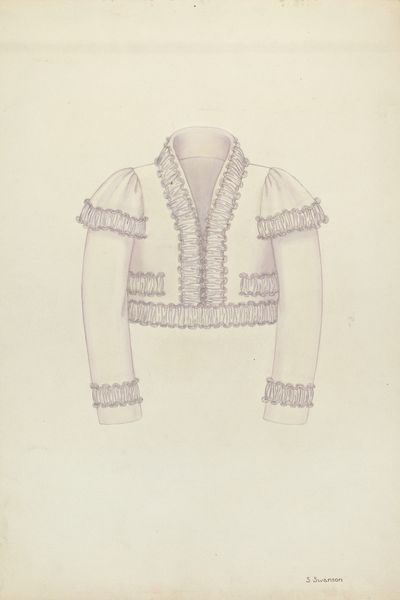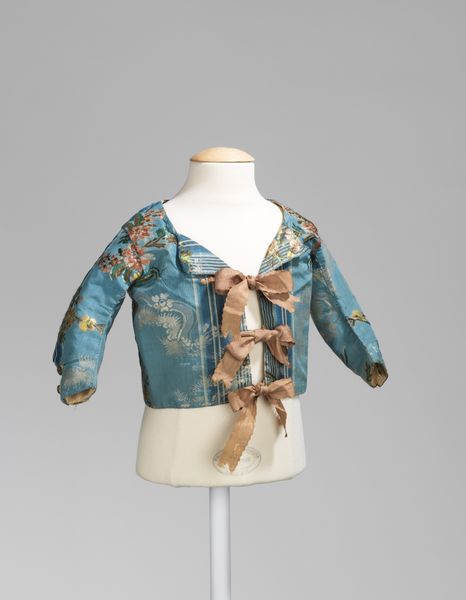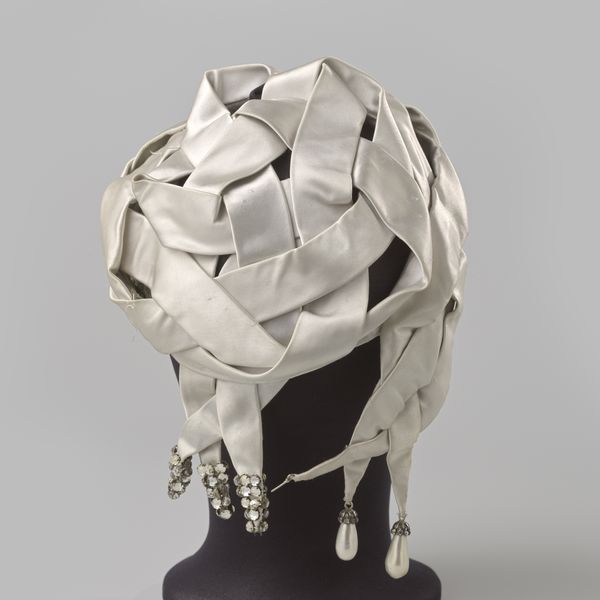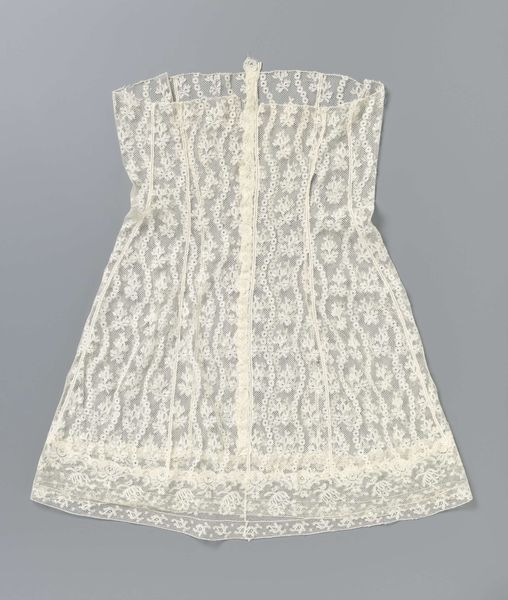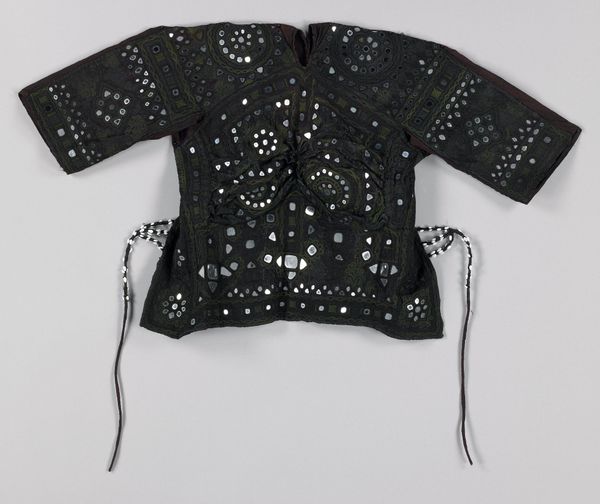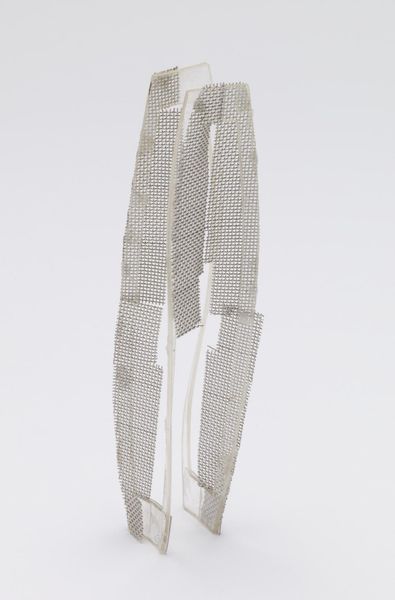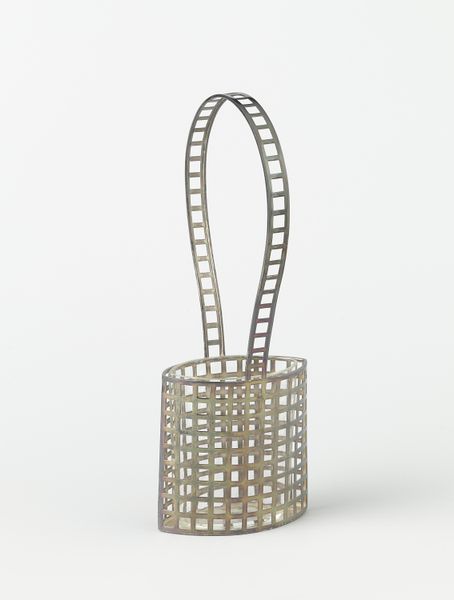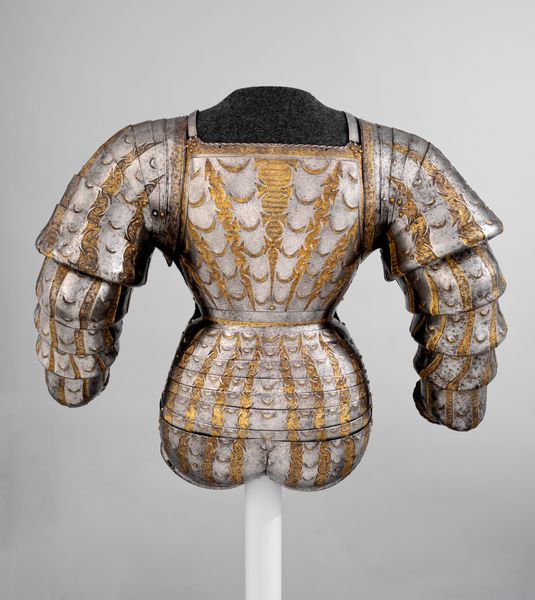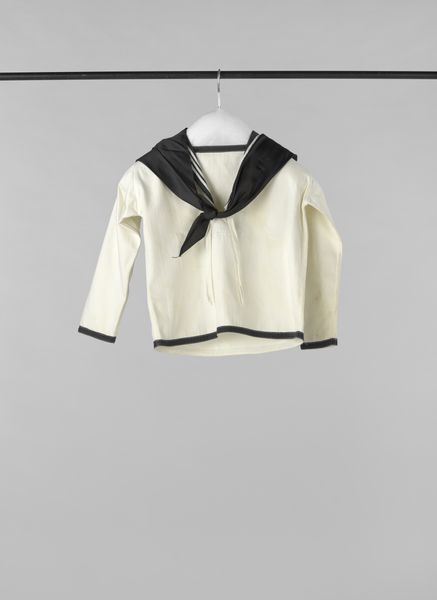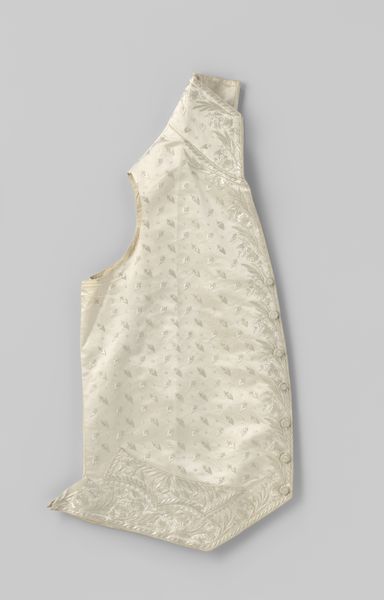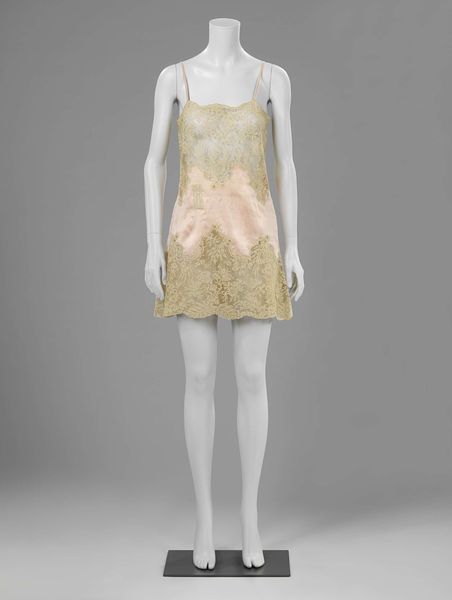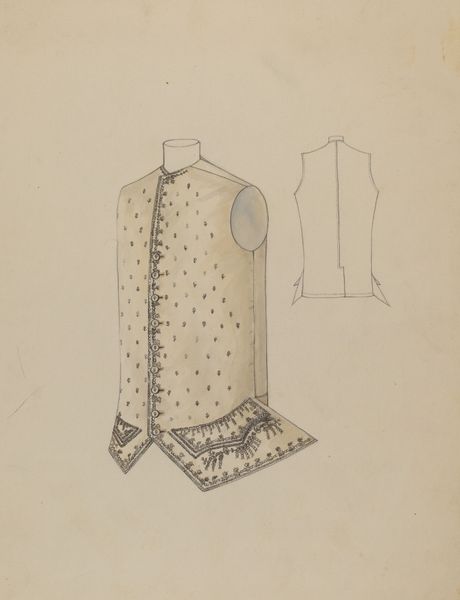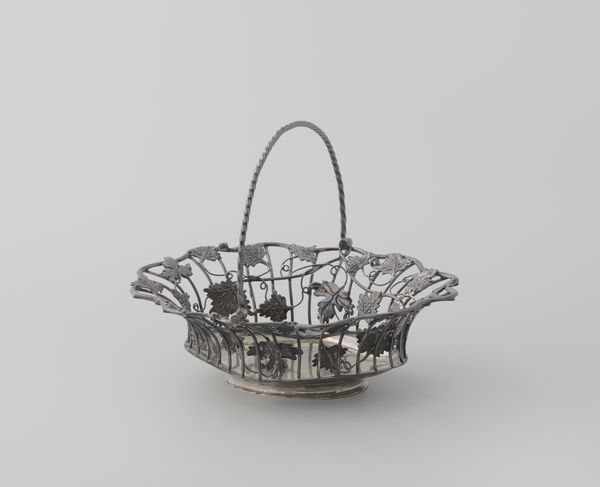
mixed-media, performance, assemblage, metal
#
mixed-media
#
performance
#
assemblage
#
metal
#
pop-art
Dimensions: length 73 cm, width cm
Copyright: Rijks Museum: Open Domain
Editor: So this is Paco Rabanne’s “Dress” from 1967. It’s made of metal, which feels…unconventional for clothing. It looks more like armor, doesn't it? What's your take on it? Curator: Indeed. This piece disrupts conventional notions of fashion and wearability. Rabanne's use of metal challenges the traditional role of clothing as comfortable and protective. Think about the socio-political context of the 1960s: a period of immense social upheaval, questioning established norms. How does this object speak to the changing role of women in society, as seen and as seeing? Editor: I see what you mean! Maybe it’s about rejecting the idea of women as delicate or fragile. But the metallic construction also makes me think of futuristic ideals from that time, like space exploration. Curator: Precisely! Rabanne was part of a larger Pop Art movement. The Space Age affected everything: architecture, furniture, and fashion. He embraces this techno-optimism, crafting objects more like sculptures for the body. Now, consider where and how this dress was presented. Can you envision the effect this had in museums or during performances of the time? Editor: I guess it wouldn’t just be about wearing it, but also the performance aspect and the statement it makes. Seeing it displayed in a museum today still carries a different weight than just seeing a photo. Curator: Exactly. The museum setting transforms this garment into an object of historical and cultural significance, inviting us to analyze how clothing can reflect, challenge, and shape the society we inhabit. Editor: That really shifts my perspective on this piece! I never thought about how the location impacts its message so much. Curator: Considering the public role and the political nature of its imagery helps to interpret such a creation and to rethink what museums can or should represent to the society. Editor: It's like each viewing context gives the piece a whole new voice. That's really powerful.
Comments
rijksmuseum about 2 years ago
⋮
The modern plastic and aluminum chain mail dresses that Paco Rabanne designed in the mid-1960s were a radical departure from traditional couture. By using reflective or transparent materials and repeating elements, he connected seamlessly with art movements such as Zero and Op Art, which expressed the aesthetics of the space age.
Join the conversation
Join millions of artists and users on Artera today and experience the ultimate creative platform.
